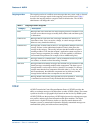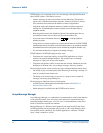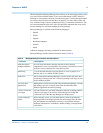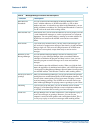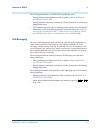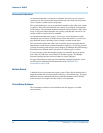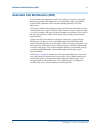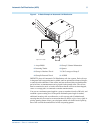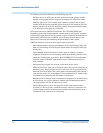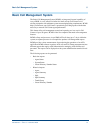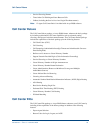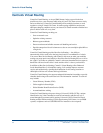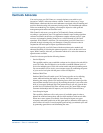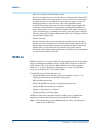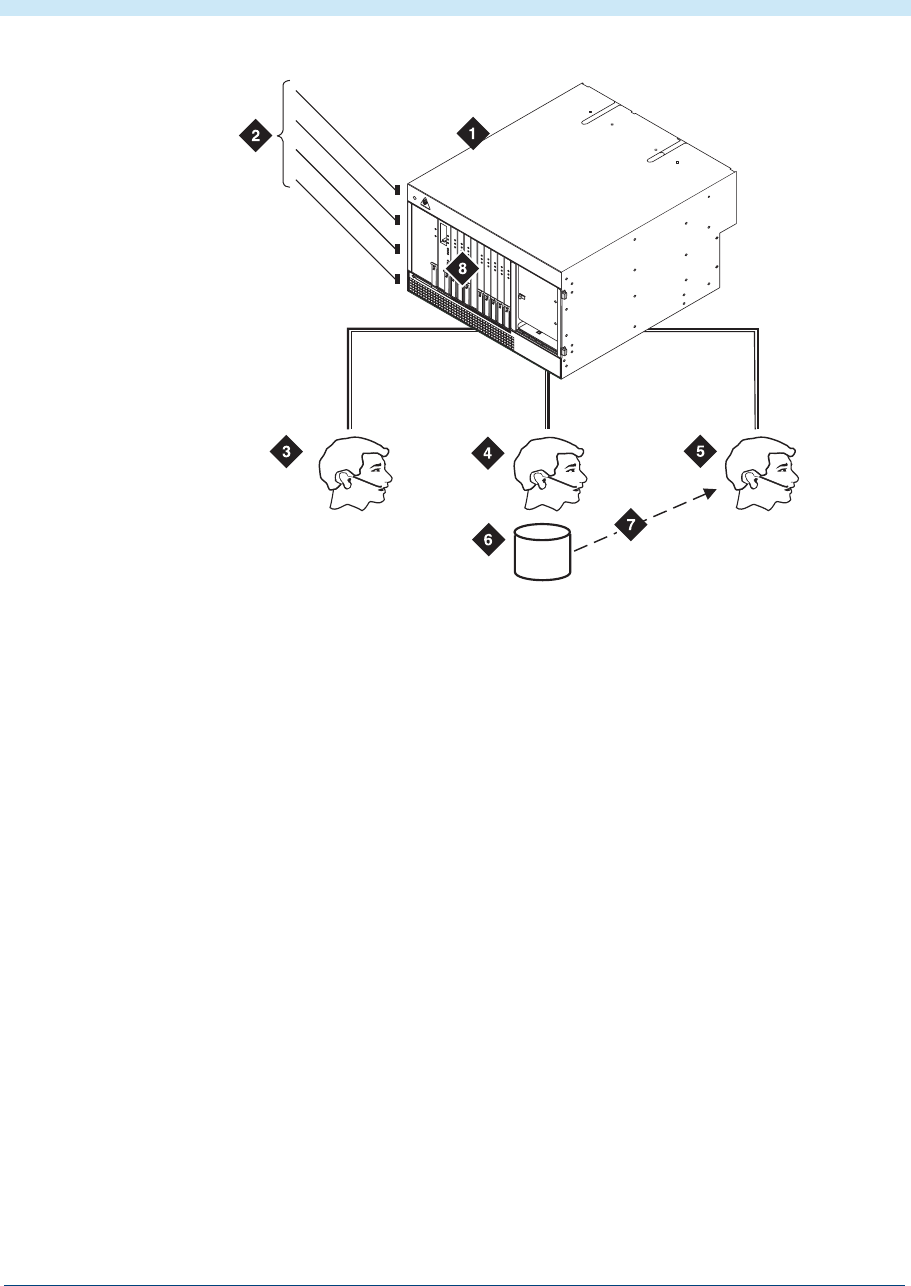
Automatic Call Distribution (ACD)
45
Overview for Avaya IP600 Internet Protocol Communications Server
555-233-001 — Issue 5 — November 2000
5
Figure 3. A Basic Example of Automatic Call Distribution
DEFINITY places all Automatic Call Distribution calls into a queue. Each call stays
in the queue until an agent becomes available, until an optional timed interval elapses,
or until the caller abandons. If the call has not been answered after an administrable
period of time, an announcement can be played for the queued caller. The call can
then be connected to music to let the caller know that the call has not been dropped,
sent to a coverage path, or connected to another announcement.
You can set a maximum queue length in a group to anywhere from 0 to 200 calls, and
establish a queue warning level. If the preset maximum queue length is reached,
additional incoming calls are redirected to a call-coverage path (if administered),
ensuring that calls are routed to an extension that will answer or give a busy signal. A
priority-queuing feature allows you to designate which calls should receive priority;
these calls override the standard first-in-first-out queuing pattern.
iodprmc LJK 110600
1
0
1
2
3
4
5
6
7
8
9
P
o
w
e
r
1 Avaya IP600
2 Incoming Trunks
3 Group A: Business Travel
4 Group B: Personal Travel
5 Group C: General Information
6 Queues
7 Call Coverage to Group C
8 AUDIX



